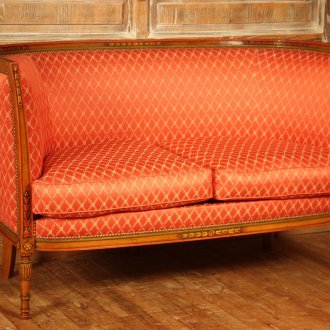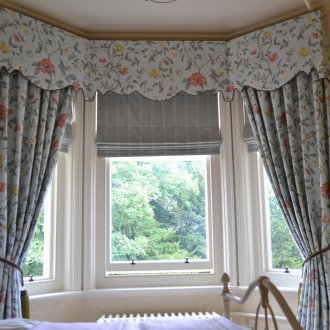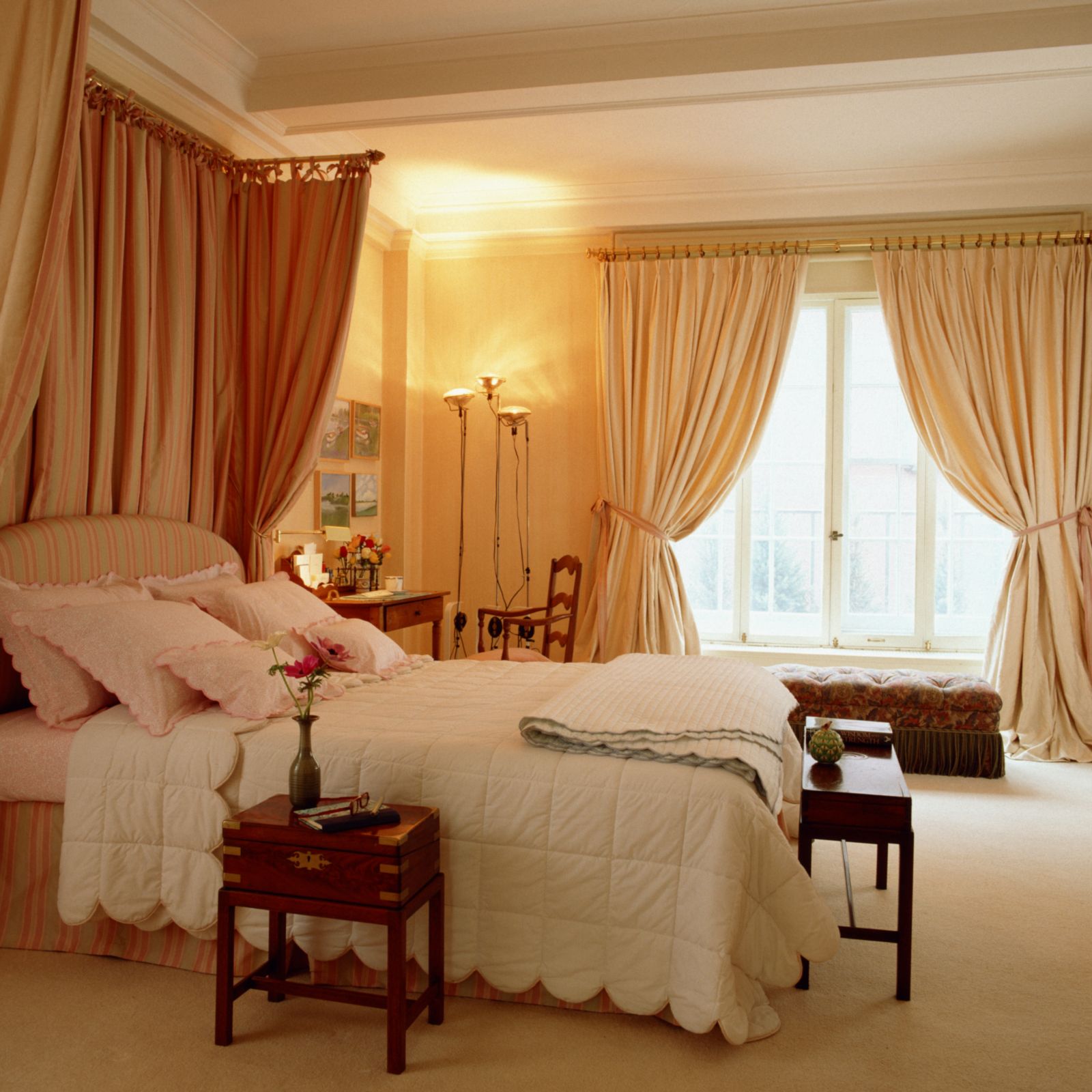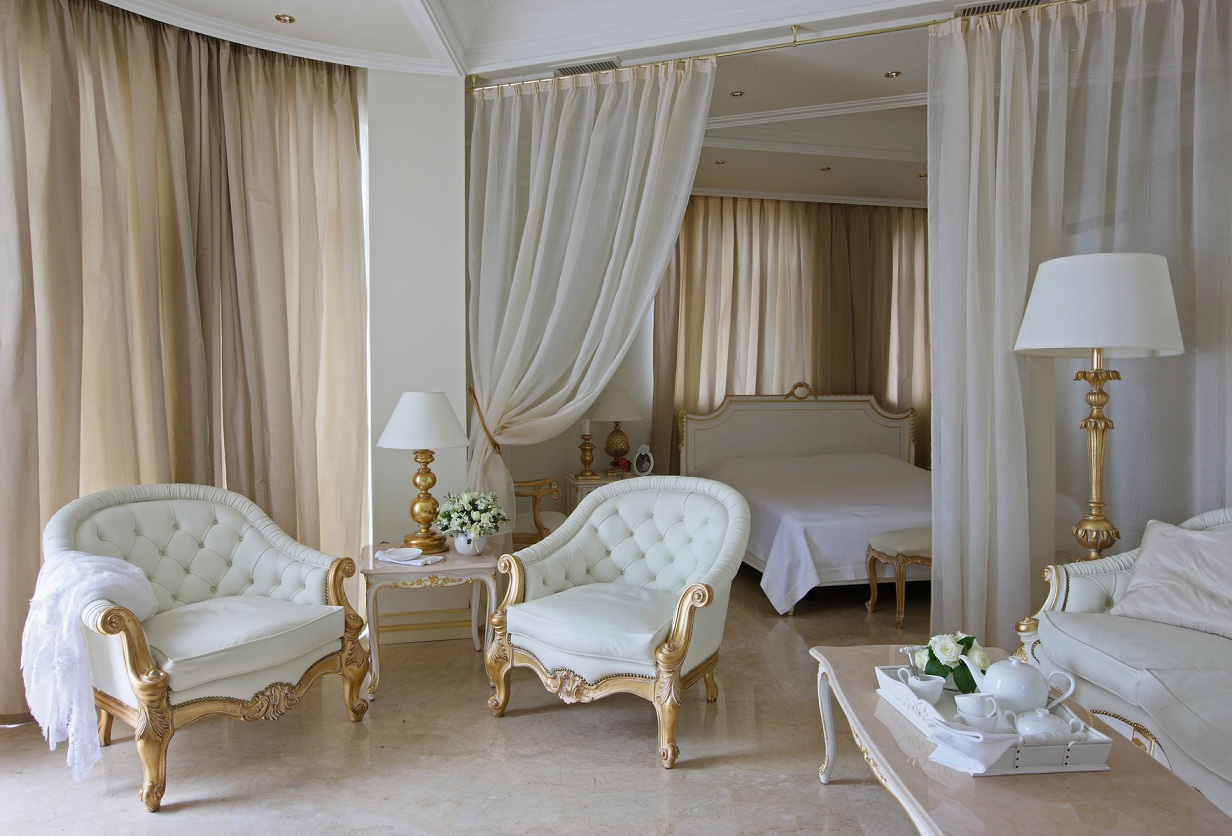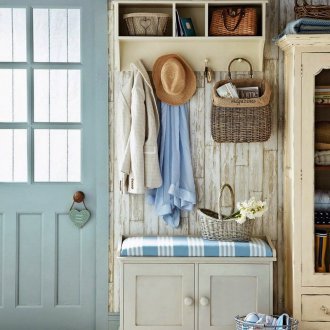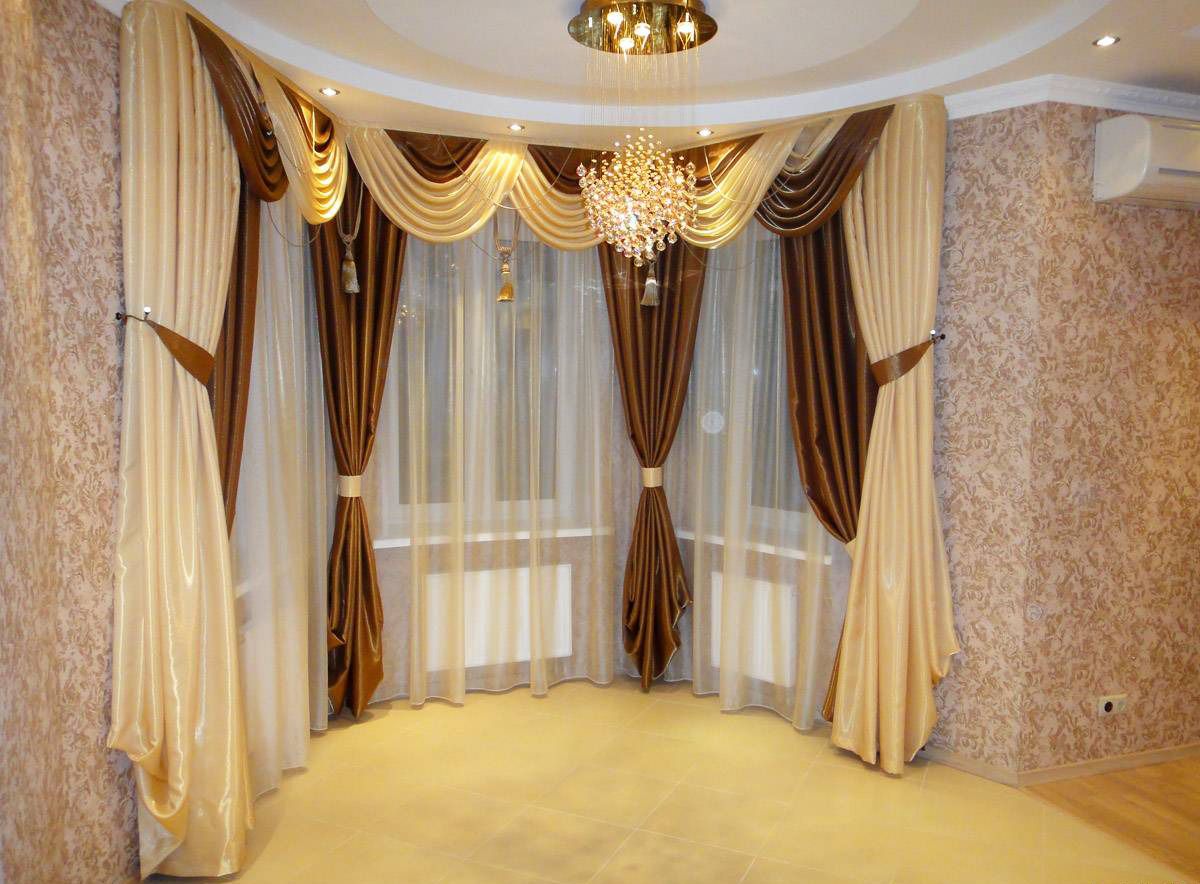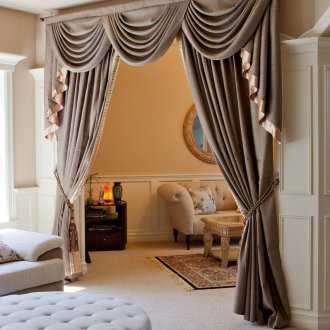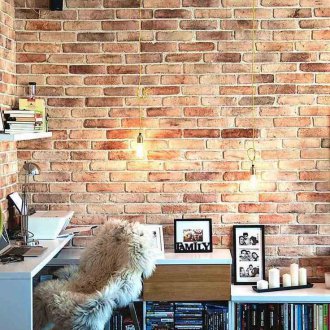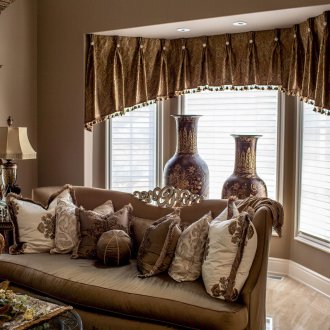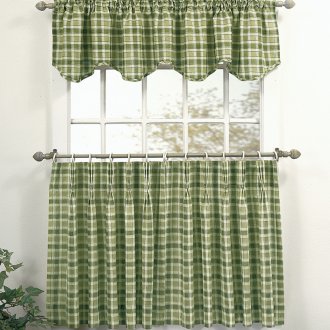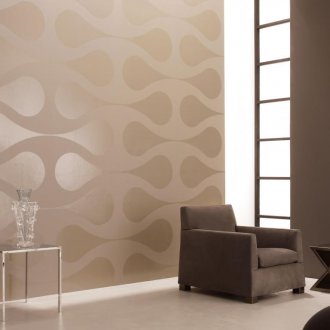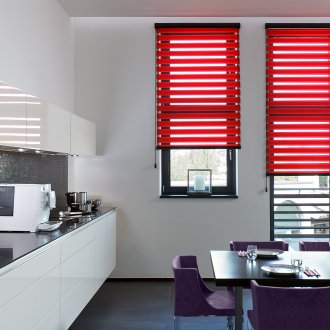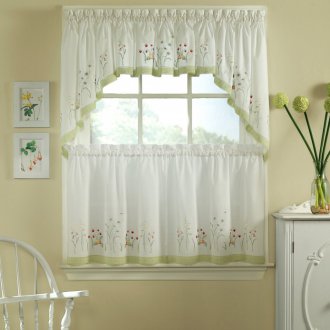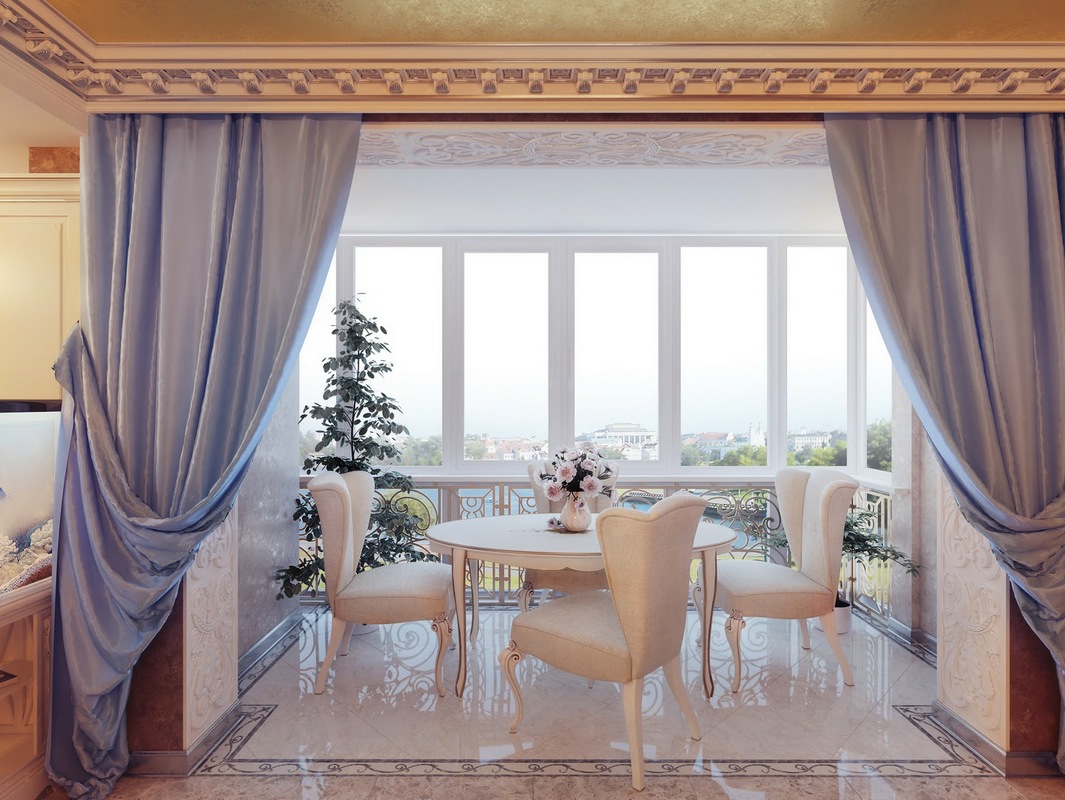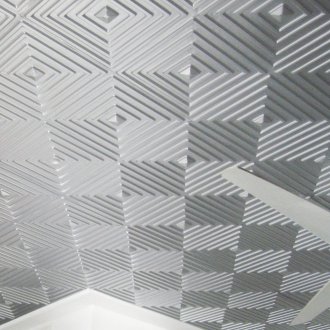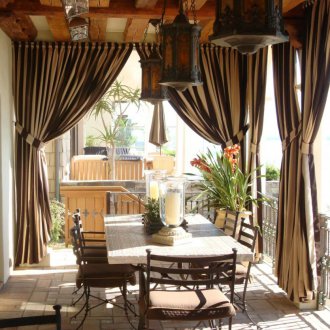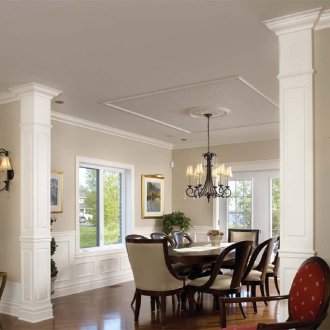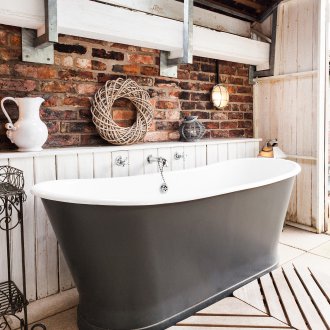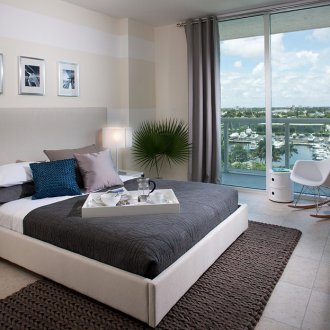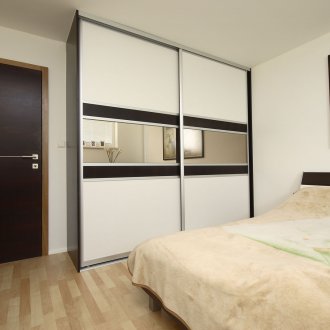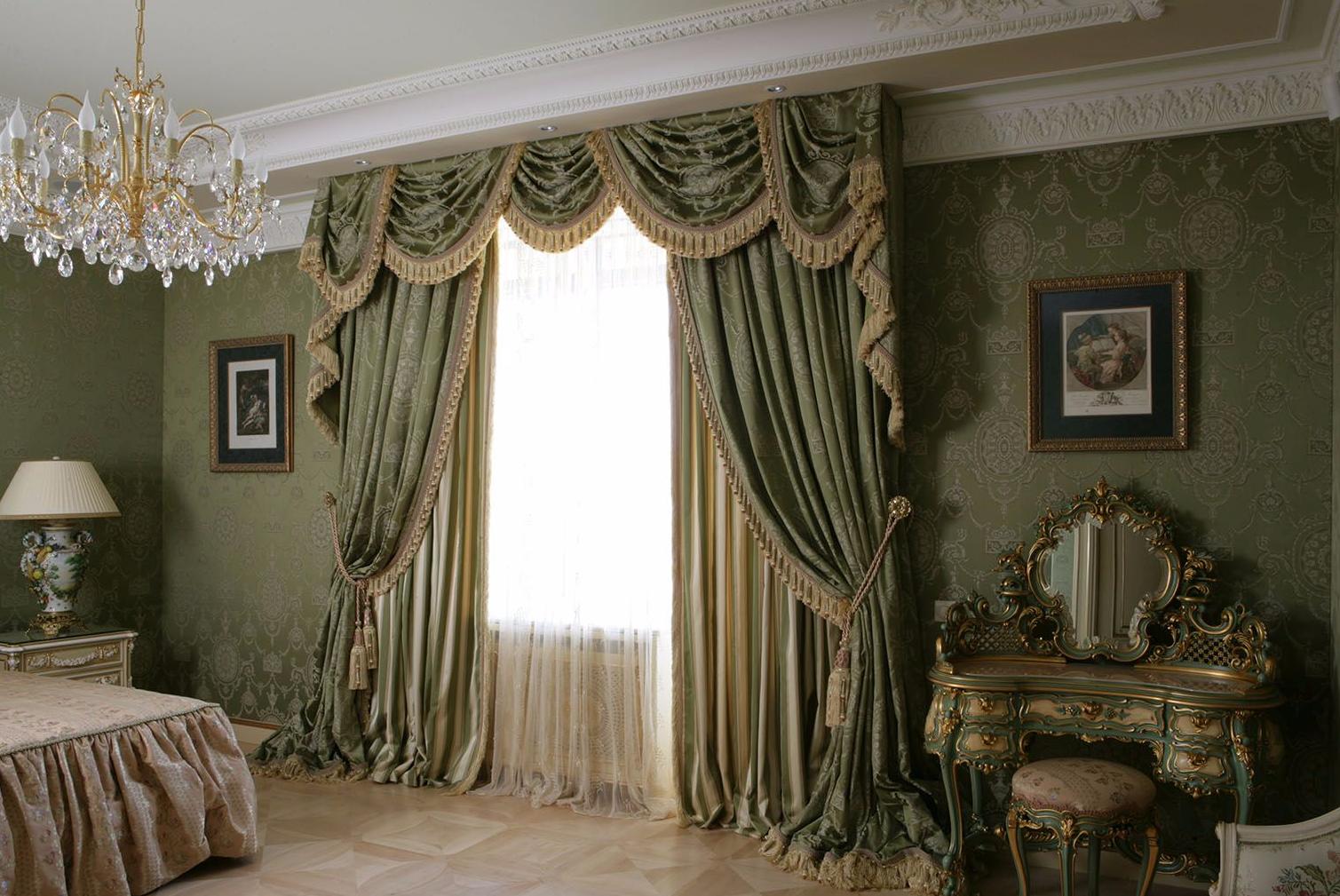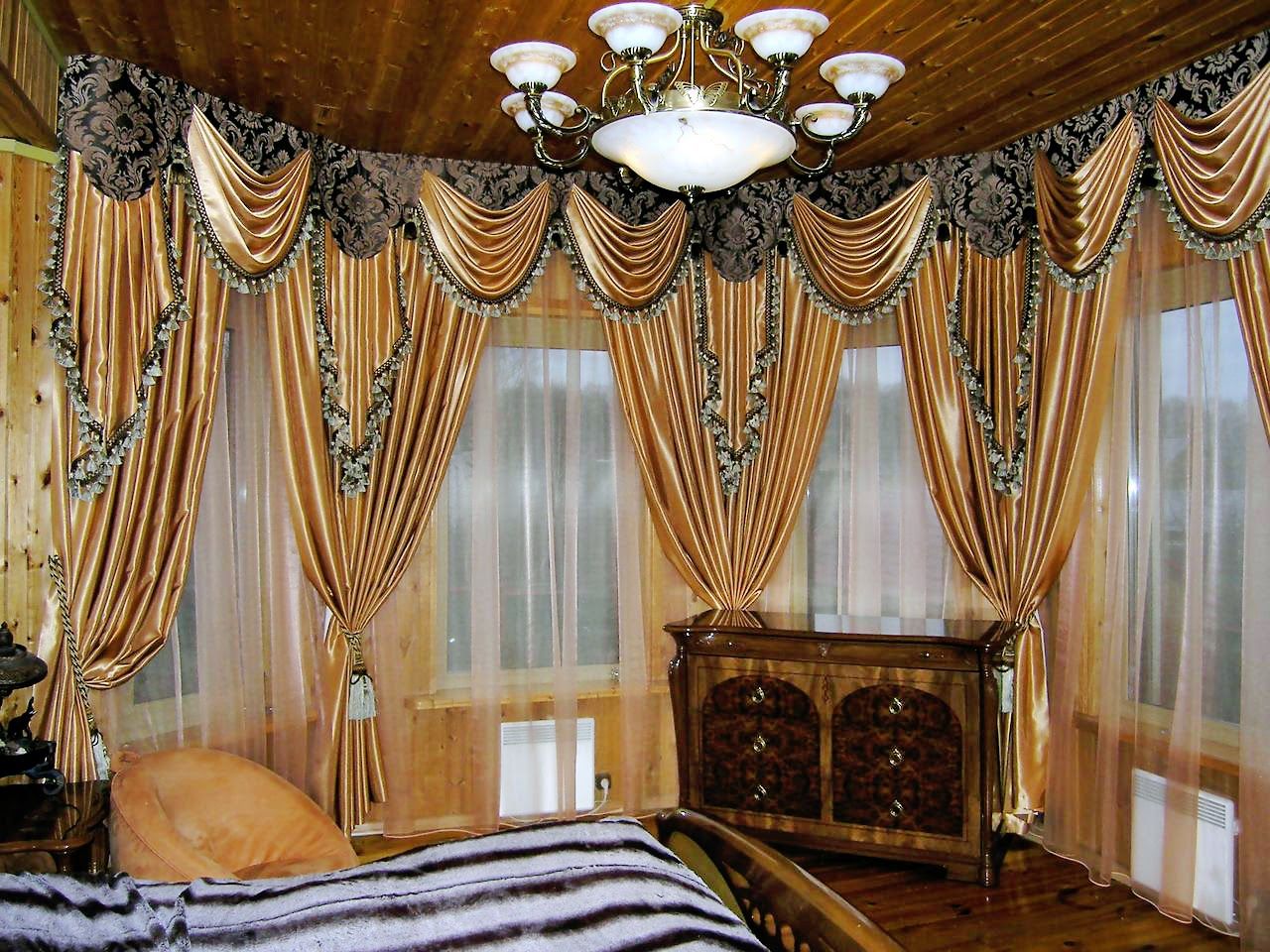Classic curtains: "eternal" textiles for luxury apartments (25 photos)
Content
Classics is eternal in all its manifestations. Fashion changes literally every day, but there are things that will always be relevant. First of all, it is worth noting curtains in the classical style that can transform the interior, making it much more comfortable, adding to the surrounding environment high cost and respectability. It can be restrained white curtains, giving the room an aristocratic coldness and sophistication, or bright canvases that create a festive mood and a sense of solemnity.
Key Features
Classical curtains were one of the main decorations in the most ancient times. They sheltered the inhabitants of the house from prying eyes, created a sense of security and safety. Even in Ancient Egypt, people tried to give their cloisters more gloss and beauty, using the first variations on the theme of curtains and classic curtains.
Royal charm, nobility, splendor and respectability in no way depend on fashion trends and dubious trends. Beige curtains, white tulle and spectacular pickups will always look stylish and appropriate.
Together with expensive curtains, lambrequins, curtains, ornate massive cords with tassels, an atmosphere of sophistication, regal grace and aristocratic chic reigns in the house. Even ordinary white curtains decorated in a classic style look much more elegant.
Classic curtains can be recognized by the following features:
- Traditional luxury presentation;
- Thoughtful design, perfection in the details;
- Precision of proportions, beautiful elements with a classic pattern;
- Use of expensive noble fabrics;
- The presence of a decorative complement that emphasizes the classic style.
"Highlights" in a modern interior
The classic version of the design of the window opening involves the use of curtains, consisting of two paintings of textile and lambrequin. With the help of tacks, classic roller blinds or ordinary curtains are gathered on the sides. The traditional set with all kinds of textiles is complemented by transparent fabric canvases.
Classic curtains as a multicomponent design make it possible to combine heavy and weightless elements on the basis of one system at once. The design of curtains for the bedroom, living room, hall or kitchen in a modern presentation allows you to experiment with the form, texture, colors, prints. The main condition is that the curtains in the interior of any apartment should create the impression of thoughtfulness, quality factor, integrity of a complex design structure.
The main taboos in the classics
Despite the fact that classic curtains allow you to not be limited in your design fantasies, combining timeless techniques and modern trends, there are some taboos regarding this trend in textiles. Luxurious, and at times very pompous classics, absolutely does not tolerate the following aspects:
- Minimalism;
- Sloppiness;
- Asymmetry, ill-conceived proportions;
- Cheapness;
- Excessive extravagance;
- Kitsch or tasteless experiments;
- Neglect of the basic rules that are inherent in the classical style.
Classic curtains in the bedroom should be heavy, massive, even bulky. It is better if the curtains fall to the floor or barely reach the floor. A similar rule is typical for other locations.
Difficulties usually arise when picking up curtains for a kitchen in a classic style. Not always the area of the room and the arrangement of kitchen elements allow the use of long linen textiles.
In this case, the lightened bottom can be ennobled by using a weighted top. However, curtains with pelmet can only be used in rooms with high ceilings.
About fabrics
Classical curtains are always a tribute to luxury, adherence to traditions, worship of wealth and respectability. The choice of fabric is always very important. The more expensive the canvas, the more complex the texture, the more refined and elegant the finished composition looks, the better.
Even the color does not play such an important role as the types of fabric, because, for example, the standard violet color looks completely different on expensive velvet, plain linen and cheap polyester, and white curtains that fall from the canvas lose their touch and sophistication.
Classic curtains in the bedroom in a classic style are better to choose from these fabrics:
- Silk;
- Shinil;
- Atlas.
The curtains for the living room in the classic style can be chosen from massive expensive textiles. Ideal options: velvet, jacquard, imitation of ancient tapestries, paintings with embroidery, lace, ruffles. Classic curtains for the kitchen are usually made of more airy lightweight paintings: brocade, taffeta, veils, organza.
Rich feed
In many respects, the emphasis on expensive fabric is also dictated by the fact that classic roller blinds always consist of many folds. The more expensive the textile and the richer the texture, the clearer all the overflows and the more effective the flow. Often the edge of the curtains for the bedroom in a classic style is decorated in a special way. It can be festoons, fringe, lace edge.
About the width of the curtains
Such a parameter as width ultimately plays a significant role. The basic rule: the length of the canvas should always be greater than the length of the cornice. If Roman curtains, French curtains and other “democratic” textile formats allow you to work with fabric parameters at your discretion, then classic curtains in the living room should be clearly thought out in all the details.
Draperies should always fold. The more of them, the better. This also applies to curtains for the living room, and curtains for kitchens, and textiles for intimate boudoirs. According to many designers, the absence of folds makes the canvas meager and uninteresting. After all, even the most expensive fabric, presented in a particularly spectacular color, will not be so respectable and sophisticated if you do not give the textile a certain shape.
It is not surprising that the classic roller blinds look spectacular in the interior of the living room, in the hall, in the bedroom or in the kitchen, where space allows you to fully form bulky designs. However, it is worth remembering that the smaller the room, the less massive decor should be on the curtains.
Accessories: mood tools
When considering the main types of decoration for curtains, it is important to remember that accessories should enhance the basic design idea, create harmony, give the ensemble restrained luxury. A must-have attribute for a beautiful curtain for a hall or living room is tucks.
Traditionally, strips and brushes from fabrics similar to those used to create the base canvas are used. Also there are models made of wood, metal, plastic.
Lambrequins
Lambrequin is not always a mandatory attribute, but, of course, very spectacular. If the ceilings in the room are not very high or the room itself requires refusing massive parts, lambrequins try not to use. This applies to curtains for the hall, as well as for other locations.
If the dimensions of the room allow you to experiment, the design of the curtains is complemented by such a pompous attribute. Lambrequin can contrast with the main canvas. For example, white curtains complement the chocolate tone.
Sometimes a lambrequin repeats the tone or texture of curtains. For example, lilac curtains are complemented by an exquisite lavender decor, and white canvases are decorated with a “solemn hat” of the color “champagne”.
Lambrequins are formed from several paintings that overlap each other. Mandatory presence of draped thick folds. The presence of swag and peroxides is welcome. A frill and a chill mold serve as a separate decorative element.
Minor style attributes
White curtains can be complemented by curtains in tone. Lilac or beige curtains are often combined with transparent snow-white canvases. In this case, tulle, organza and veil particularly delicately emphasize the wealth of curtains. However, you can experiment not only with various types of fabric, but also try to complement the classic curtains with traditional accessories.
Main style tools:
- Grips and garters (it is recommended to tie up beige curtains or white cloths with pickups in a similar color, and to add more juicy tones to accessories with contrasting shades);
- Cords and braid (often used for massive expensive fabrics);
- Fringe (an excellent element that complements black, red, blue, beige velvet curtains);
- Beads and bugles (complex accessories that require a special approach).
In addition, it is worth paying special attention to the folds on the curtains. Typically, a classic canvas is transformed using various manipulations and tricks. It is important to choose the right fabric for density and color. For example, white curtains are more difficult to make smart than curtains of a more saturated color. Also take into account the coefficient of assembly of the canvas and the presence of the lining.
Playing correctly with classic curtains, you can radically alter the window opening, improve proportions, and adjust the size of the entire room. A special advantage of the classic curtains is the cosiness and sophistication that they create.
